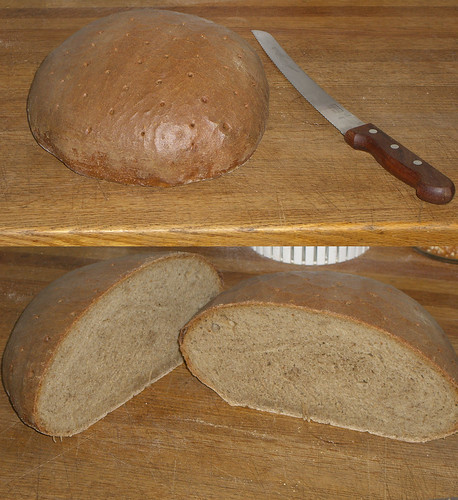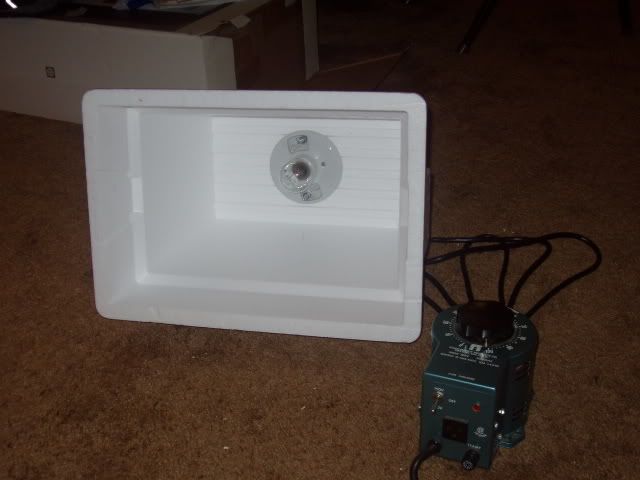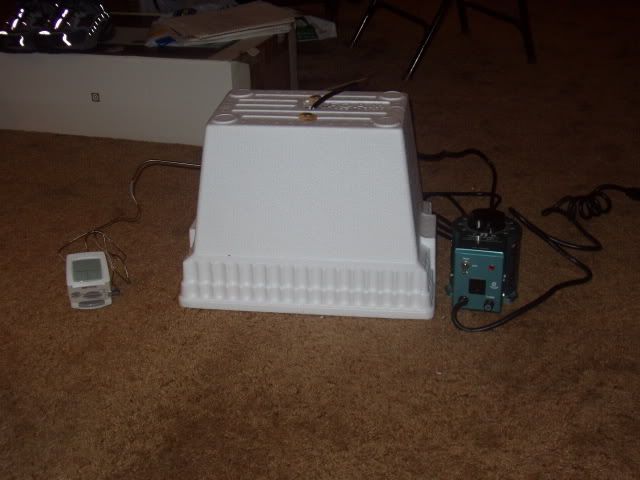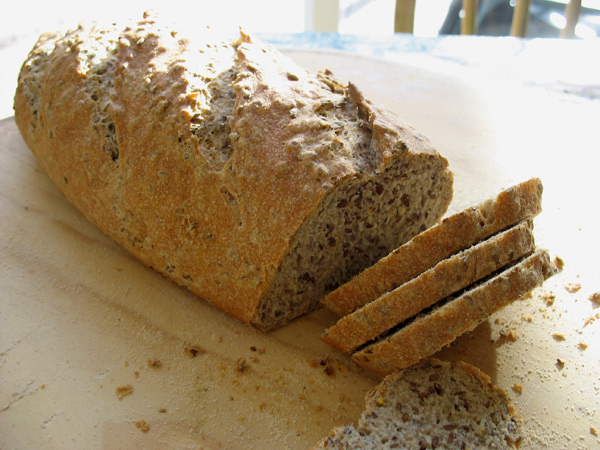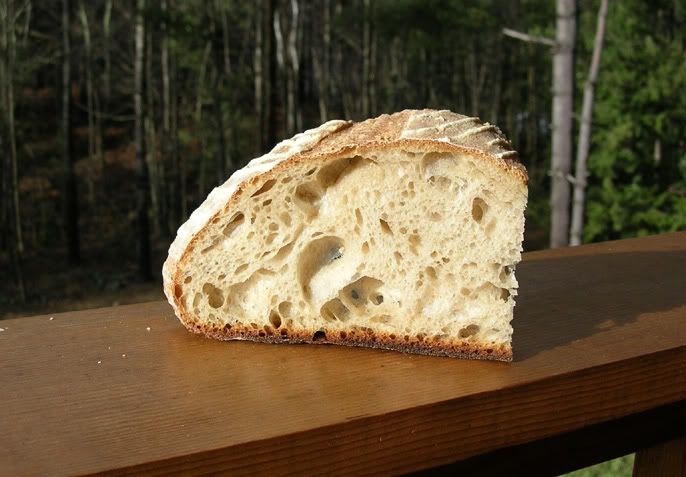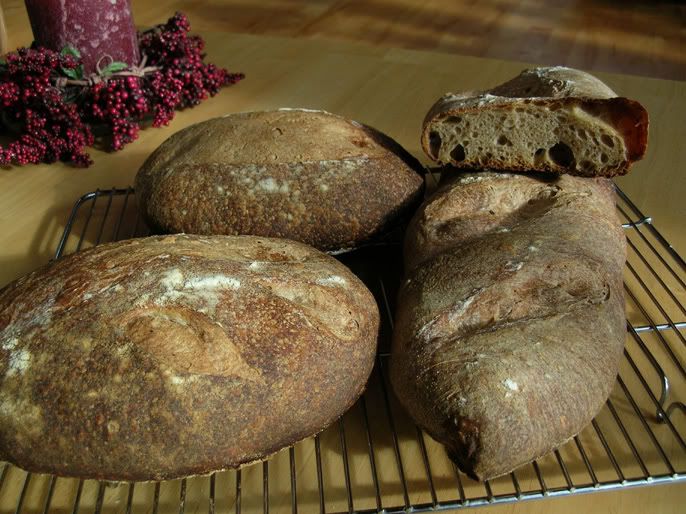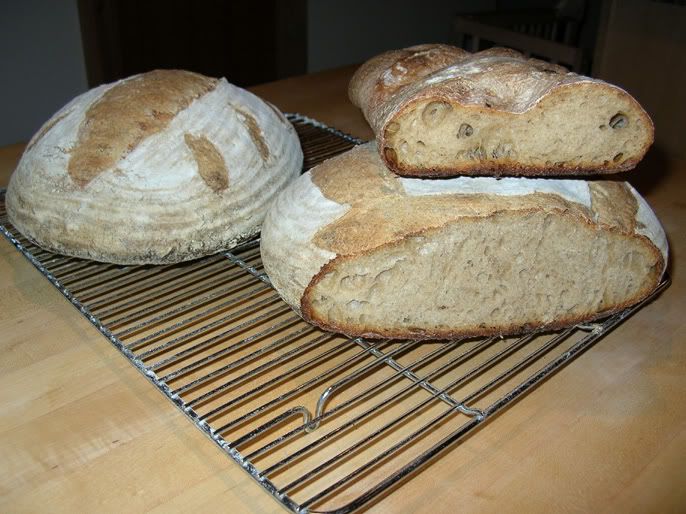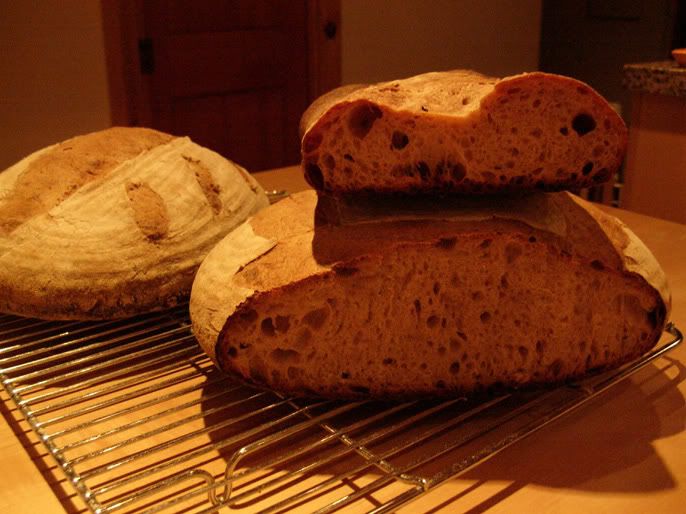
Spelt Muffins - any fruit
I posted this somewhere here a long time back, but thought I'd post again to make it easier to find. I'll try to remember to get some photos next time I make them before they get all eaten! I may try to make these into a sourdough recipe like JMonkey did here in order to use up excess starter...I'll report on that when I do, but for now, these just use baking powder.
This is a recipe I developed about 2 years ago that people seem to love. I make it with whole organic spelt flour as I like the nutty taste of spelt - an ancient form of wheat that has very little gluten, so it's not as good for rustic breads but great in quick breads. You can also use whole wheat flour equally well but may need to adjust amounts depending on humidity. I added the whole brown flaxseeds for roughage, texture, and hopefully some health benefits, although the most benefit is derived from raw ground flax.
What I like about this recipe is it does not contain dairy - which I am allergic to (although it does have eggs so it's not vegan). It is also a little less sweet by using dark brown sugar rather than white, and is not too spicy as I omit nutmeg or clove, opting for the combo of cinnamon and ginger instead. I also make this same basic recipe with bananas or frozen blueberries or chopped apple rather than pumpkin and all come out equally great. If you like a sweeter muffin, add more brown sugar. Obviously, this can be made in a loaf pan as well as in muffin tins, but adjust baking time and temp. accordingly:
Spelt Flaxseed Muffins
Ingredients (makes 12 large muffins or 24 small muffins):
Wet:
4 Large Eggs
1 c. Vegetable Oil (Sunflower, Safflower, or Canola)
1 c. Dark Brown Sugar (maple syrup also tastes great as a sub but need a little more)
2 tsp. Vanilla
1 c. Whole Flax Seeds
Fruit of choice:
For Blueberry Muffins: 2 c. frozen or fresh blueberries
For Pumpkin Muffins: 2 c. canned pureed 100% pumpkin
For Banana Muffins: 3-5 overripe bananas, depending on size (I usually freeze them once they get too ripe so I always have some on hand)
For Apple Muffins: 4 apples, cored, peeled, and chopped into small pieces
Dry:
3 c. Whole Spelt Flour (or substitute mixture of 2.5 c. whole wheat and unbleached white flours, if no spelt available. Wheat flours are drier than spelt, so use less or mixture will be too stiff, resulting in dense, heavy, “hockey puck” muffins).
1.5 tbsp. Baking Powder
1 tsp. Salt
2 tsp. Ground Cinnamon
1 tsp. Ground Ginger
Directions:
1) In a large bowl, beat the eggs, then mix in the remaining wet ingredients, then mix in your fruit of choice and the flaxseeds.
2) In a separate bowl, mix together all of the dry ingredients.
3) Pour the dry ingredients into the wet, and stir. If batter comes out too dry, depending on humidity levels, flour type, or fruit size, then add about 1/8 cup of water or fruit juice. Finished batter should be stiff enough to spoon into muffin tins without it dripping all over, but not so stiff that the batter forms peaks.
4) Grease 12 large muffin cups (or 24 small muffin cups) with canola oil-type cooking spray.
5) Divide the batter up into the cups with a ladle or large spoon and rubber spatula.
6) Bake at 350 degrees F for 40-50 minutes for large muffins, or around 30 minutes for small muffins. Tap on top for doneness - they should be firm and crusty, not too soft or mushy.
7) When done, flip muffins out of pans onto cooling rack and let cool.
8) Use within a day or two, or refrigerate in plastic bags for up to 10 days or so. Freeze the rest for up to 6 months. Just reheat in a toaster oven and enjoy!




